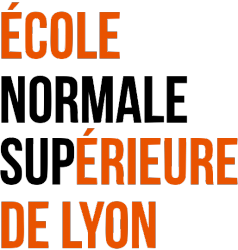IoniC LIquid Crystals: Towards TunAble-by-Design ElectroLytes
Collaborative project funded by the ANR in 2020-24 involving:
- Manuel Maréchal (PI) and Patrice Rannou, SyMMES lab, U Grenoble and CNRS
- Jannick Duchet-Rumeau and Sébastien Livi, IMP lab, INSA Lyon
- Agilio Padua, ENS de Lyon
- Johan Jacquemin, PCM2E lab, U Tours
with
- Hélène Pung, PhD student at SyMMES lab, U Grenoble
- Mirella Simoes Santos, post-doctoral fellow at ENS de Lyon
Synopsis
The goal of the CITADEL project is to deliver proof of concept demonstration of efficient nanoconfined ionic transport going beyond current state of the art performances of currently used electrolytes, leading to safer-by-design next generation solutions towards energy needs. The core novelty of CITADEL lies in the direct comparison of two types of soft-matter-based advanced electrolytes:
- dynamically self-assembled monodomains of Anion/Cation-conducting Thermotropic Ionic Liquid Crystals (A- vs. C-TILCs) enabled through the application of an AC-electric field, and
- long-range ordered single-anion/cation conducting polymerized thin films by in situ photochemical crosslinking reactions onto ac-electric field long-range oriented TILC’s analogous molecules appropriately designed with photocrosslinkable end-moieties to result into single-ion (A or C-) PhotoCrosslinked TILCs.
CITADEL is based on:
- TILCs (stimuli-responsive & self-healable ionic conductors), and
- their long-range ordering to allow for disorder-free (i.e. grain boundaries free) electrolytes encoding 1D, 2D & 3D efficient anionic and cationic transport.
It specifically addresses two fundamental questions for advanced nanostructured soft-matter based electrolytes:
- the role of (1D vs. 2D vs. 3D) dimensionality onto the percolation (tortuosity issue) and nanoconfinement of charge carriers within multiscale phase-segregated materials with insulating and conducting sub-phases, and
- the mosaicity and the defect management in functional soft matter.

